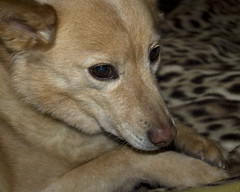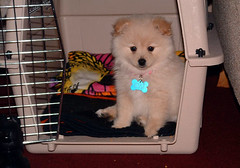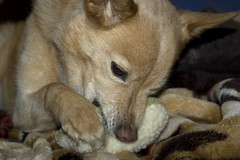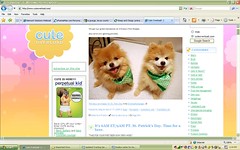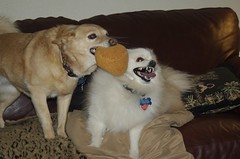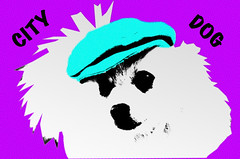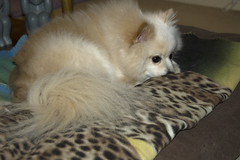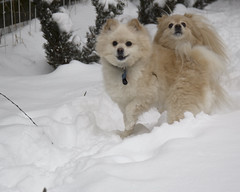With spring just a day away, it's time to start planning your garden. Keep in mind that there are some plants that are toxic to your pets. The entire plant may not be poisonous; maybe it's just the stems/leaves, the flower itself or the bulbs. I have a large assortment of plants/ flowers in my own garden and some of them are on this list. As long as your pet doesn't eat any of them, it should be safe. My dogs are never left unsupervised, so the most that happens is that the plants get peed on. They like to help me "water" them.
Here's a list of toxic plants…
Alocasia, Amaryllis, Apricot, Arrowgrass, Avocado, Azalea
Baneberry, Bayonet, Bear Grass, Bird of Paradise, Bittersweet, Black-eyed Susan, Black Locust, Bleeding Heart, Bloodroot, Bluebonnet, Boxwood, Buckeyes, Burning Bush, Buttercup
Cactus, Candelabra, Caladium, Cherry - Domestic and Wild, Cherry-Ground, Cherry. Chinaberry, Christmas Rose, Chrysanthemum, Clematis, Cornflower, Corydalis, Crocus, Autumn, Crown of Thorns, Cyclamen
Daffodil, Daphne, Deadly Nightshade, Death Camas, Delphinium, Dicentra, Dumb Cane
Eggplant, Elderberry, Elephant Ear, Euonymus, Evergreen
Ferns, Flax, Four O'clock, Foxglove
Golden Glow, Gopher Purge
Hellebore, Hemlock-Poison, Hemlock-Water, Holly, Horse Beans, Horse Brush, Horse Chestnuts, Hyacinth, Hydrangea
Iris, Ivy
Jack in the Pulpit, Java Beans, Jasmine, Jerusalem Cherry, Jimson Weed, Jonquil, Jungle Trumpets
Lantana, Larkspur, Laurel, Lily, Lily-Spider, Lily of the Valley, Locoweed, Lupine
Marigold, Marijuana, Mistletoe, Mock Orange, Monkshood, Morning Glory, Mushrooms, Mustard
Narcissus (Daffodil), Nightshade
Oleander
Peach, Peony, Philodendron, Pimpernel, Poinciana, Poinsettia, Poison Ivy, Poison Oak, Pokeweed, Poppy, Potato (especially the green parts), Privet-Common
Rhododendron, Rhubarb Leaves, Rosary Pea, Rubber Plant
Scotch Broom, Skunk Cabbage, Snowdrops, Snow on the Mountain, Staggerweed, Star of Bethlehem, Sweet Pea
Tansy, Tobacco, Tomato (leaves, stems, any of the green part)
Virginia Creeper
Weeping Fig, Wild Call, Wisteria
If you feel like your pet has eaten something toxic or been poisoned, call the ASPCA, Animal Poison Control Center at 1-888-426-4435.
 These are my dogs' favorite treats and they each get one as soon as I come home from work. They are so excited that they always hurry up to pee and then come back in and dance around the "treat" cabinet (yes, they have their own cabinet and drawer). The best part about them is this whole bag is about $8, which is pretty affordable when comparing these types of treats. They are also all natural, not too hard to eat and no one has choked and ruined it for the others.
These are my dogs' favorite treats and they each get one as soon as I come home from work. They are so excited that they always hurry up to pee and then come back in and dance around the "treat" cabinet (yes, they have their own cabinet and drawer). The best part about them is this whole bag is about $8, which is pretty affordable when comparing these types of treats. They are also all natural, not too hard to eat and no one has choked and ruined it for the others.


